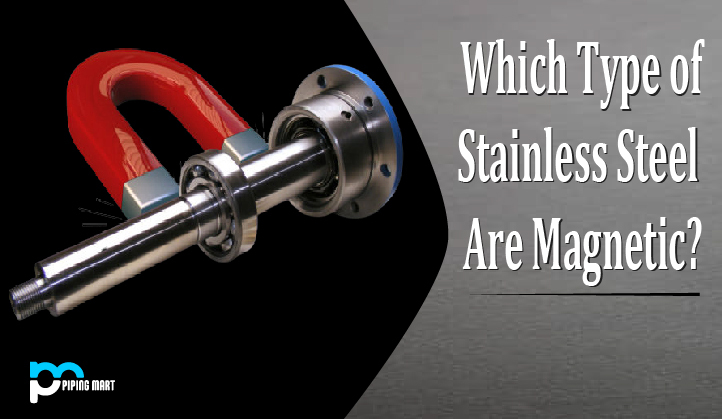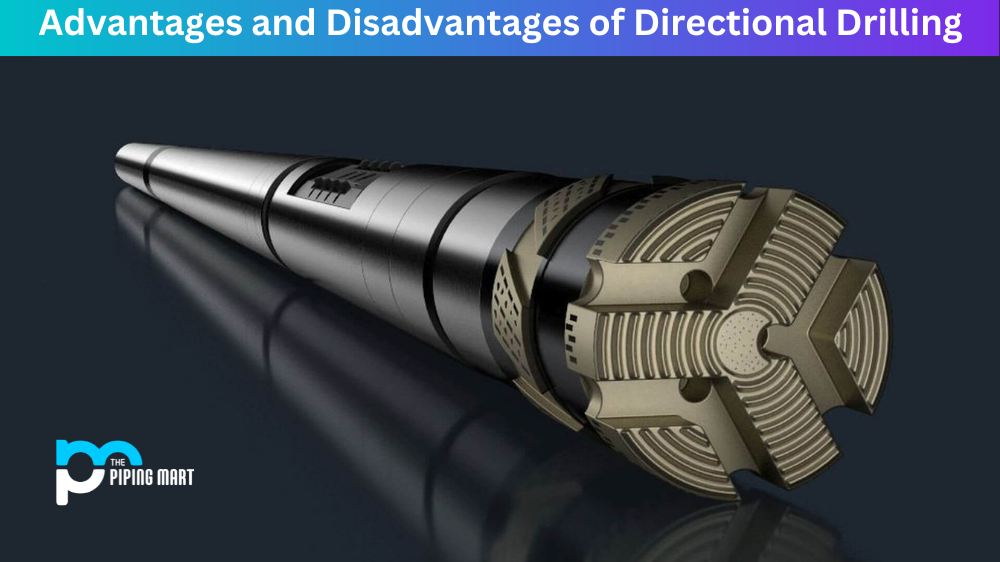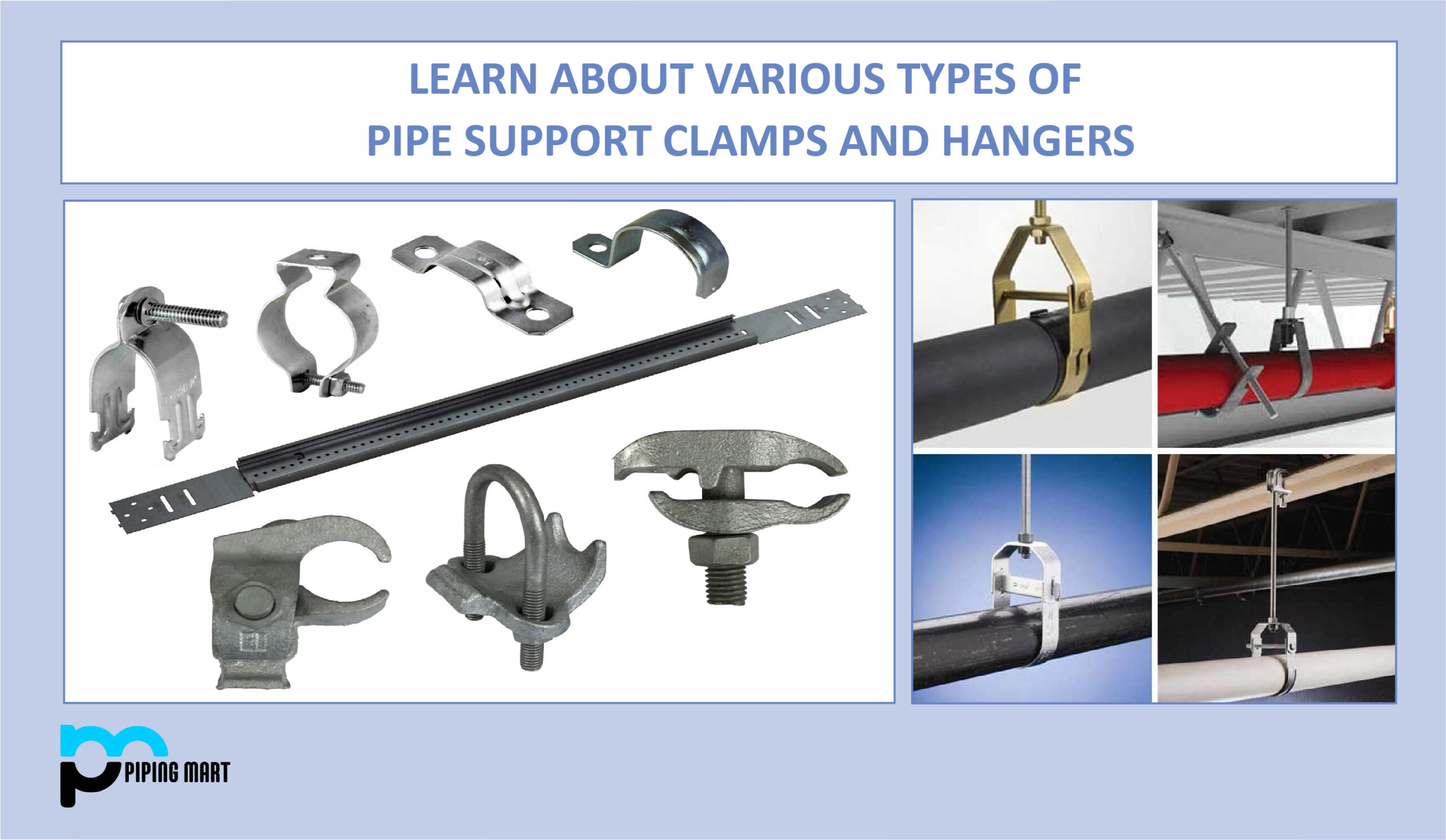Hot extrusion is a manufacturing process used to shape metals and plastics. The process involves pushing metal or plastic through a die at high temperatures, resulting in a part with the desired shape. This method of production has many advantages, such as high production rates and cost savings, but there are also some drawbacks to consider. Let’s take a closer look at the advantages and disadvantages of hot extrusion.
Advantages of Hot Extrusion
The primary advantage of hot extrusion is its speed. Due to the high temperatures involved, parts can be produced quickly without sacrificing quality or precision. This makes it ideal for high-volume production runs where time is an important factor. Additionally, because hot extrusion requires fewer steps than other processes like casting or stamping, it can result in significant cost savings for manufacturers.
Another benefit of hot extrusion is that it can produce parts with complex shapes that would be impossible with other processes. This is due to the fact that no additional machining steps are necessary; once the material passes through the die, it comes out ready for use. As a result, this process can help reduce lead times while still producing intricate parts with tight tolerances.
Improved Mechanical Properties
Hot extrusion is a process that is used to improve the mechanical properties of metals. The process involves heating the metal to a high temperature and then forcing it through a die. The high temperatures and the pressure that is exerted on the metal during hot extrusion help to improve its strength, hardness, and ductility.
Increased Production Rates
The hot extrusion also increases production rates by reducing the amount of time that is needed to produce a product. The process can be completed in a matter of minutes, whereas other processes, such as cold forging, can take hours or even days. This makes hot extrusion an ideal choice for high-volume production runs.
Reduced Scrap Rates
Hot extrusion can also help to reduce scrap rates. This is because the process creates very little waste material, as opposed to other processes, such as machining, which can generate a large amount of scrap. This helps to keep costs down and makes hot extrusion a more efficient process overall.
Better Surface Finish
The hot extrusion also produces a better surface finish than other processes, such as cold forging. This is because the high temperatures and pressures that are used during hot extrusion help to smooth out any imperfections in the metal surface. As a result, products that are produced via hot extrusion have a higher quality surface finish than those produced via other methods.
Greater Design Flexibility
Another advantage of hot extrusion is that it offers greater design flexibility than other manufacturing processes. This is because the process can be used to create products with complex shapes and geometries that would be difficult or impossible to produce via other methods.
Disadvantages of Hot Extrusion
Despite its many benefits, hot extrusion also has some drawbacks that should be considered before selecting this process for your project. One potential downside is that it requires specialized equipment, which can make it difficult to scale up production quickly should demand rise unexpectedly. Additionally, since only one side of each part is exposed during the process, some secondary finishing may be required on certain projects if both sides need to be smooth and even. Finally, because high temperatures are involved in the extrusion process, there are safety considerations that must be taken into account when using this method of production.
- Hot extrusion is a manufacturing process that can be used to create a variety of shapes and sizes from a variety of materials.
- One of the primary disadvantages of hot extrusion is that it can be very energy intensive, as it requires high temperatures to melt the material being extruded.
- Additionally, hot extrusion can be a very slow process, as the material must be slowly cooled in order to maintain its shape.
- Another disadvantage of hot extrusion is that it can be difficult to control the properties of the final product, as the process can introduce impurities into the material.
- Finally, hot extrusion is a relatively expensive process, as it requires specialized equipment and highly trained personnel.
Conclusion:
Hot extrusion offers many benefits for manufacturers looking for an efficient way to produce parts in high volumes. By pushing metal or plastic through a die at high temperatures, companies can produce parts faster and cheaper than would otherwise be possible with traditional methods like casting or stamping. However, there are some drawbacks associated with this process as well—including specialized equipment requirements and safety considerations—so companies should weigh these factors carefully when deciding if hot extrusion is right for their project needs.

Pipingmart is a B2B portal that specializes in metal, industrial and piping items. Additionally, we share the latest information and information about materials, products and various types of grades to assist businesses that are involved in this business.




